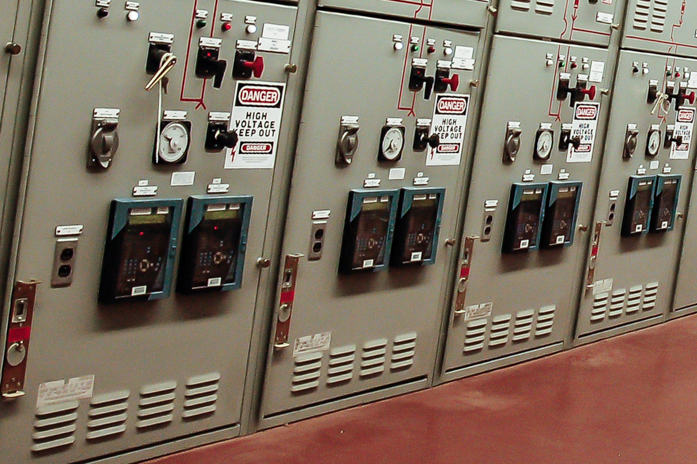Battery Study for Power Plant
 Imagine a battery system capable of reducing the possibility of power outages, or managing peak demand for electricity on campus at UMass Chan Medical School. That’s the idea to be studied through a new clean energy grant from the state Department of Energy Resources.
Imagine a battery system capable of reducing the possibility of power outages, or managing peak demand for electricity on campus at UMass Chan Medical School. That’s the idea to be studied through a new clean energy grant from the state Department of Energy Resources.
Technically called an external energy storage system, the massive battery, perhaps as large as a tractor trailer truck or two, could be charged by the campus co-generation plant during periods of excess capacity then stand ready to deliver power immediately to the campus when needed.
“It’s a similar idea to the uninterruptable power supply (UPS) people may have for their home or work desktop computer,” said Matthew Stelmach, associate director in the facilities engineering and construction department at UMass Chan. “The biggest potential benefit for the campus, from an engineering standpoint, is stability. The turbine generators we have running in the plant may not always be able to react as quickly as we may want them to, but certain battery systems can do so almost instantaneously.”
In addition to stability, Stelmach said the study will examine the potential to use the battery storage system as a power reserve during peak periods of demand when energy prices are at their highest, while buying little or no power from the external utility grid that feeds the campus.
“At certain times, buying electricity can be very expensive, so the idea is to charge the battery from the generation capacity on campus, which is typically our lowest cost power, then discharge the battery during peak periods to help save money,” Stelmach said.
The feasibility study will be done over the summer by Waldron Engineering and is funded by a $43,500 grant from state Department of Energy Resources’ Leading by Example program. Waldron will analyze a year’s worth of operating data at the plant and evaluate the current technical configuration of the campus power grid. The study will examine the economics of a potential battery system, the optimal size and location for the system, and other improvements that would be needed to the electrical infrastructure on campus to integrate the battery and improve resiliency of the grid.
“We have tried for several years to get grant support for this idea, because of its potential benefits, so it’s great to see the study getting going,” Stelmach said. “After the report is in, we will evaluate the findings and make a decision of whether or not to go forward and apply for further grants as they become available to help us build the storage system.”
